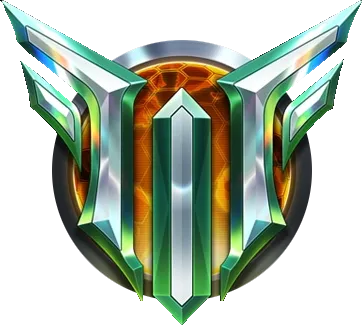1. Recap of Torbjörn’s Original (Patch 1.0) Abilities
Build Turret (Level 1 → 2)
You place a Level 1 turret, then use your Forge Hammer to upgrade it to Level 2 (which has increased damage and health).
In Overwatch 1.0, you could not “throw” the turret as in later reworks—so positioning and timing are important.
You must actively hammer the turret to repair it or raise it from Level 1 to 2.
Armor Packs & Scrap
Collect scrap (dropped by eliminated enemies) to create Armor Packs (+75 armor each at Patch 1.0).
Toss these packs on the ground so allies (and you) can pick them up for extra sustain.
Molten Core (Ultimate)
Temporarily upgrades your turret to Level 3 (increasing damage, rate of fire, and health).
Torbjörn himself gains extra armor, faster reload, and faster attack speed.
A well-timed Molten Core can single-handedly stall or shut down an enemy push.
Rivet Gun (Primary & Secondary)
Primary Fire: A slow-moving projectile effective at mid-range.
Secondary Fire: A shotgun-like blast for close-range combat.
At Patch 1.0, friendly fire from your own explosives wasn’t an issue for Torb, but keep in mind you have no mobility or escape, so be cautious of positioning.
2. Horizon Lunar Colony Defense Overview (2CP)
While it wasn’t an original launch map, Horizon Lunar Colony is structured like other 2CP maps:
Point A: Large indoor area with several flank routes.
Point B: Another sizable indoor point with high-ground walkways and side rooms.
Defenders want to:
Hold or slow attackers at key entrances.
Place your turret in positions that give good sightlines.
Keep collecting scrap and handing out armor packs.
Use Molten Core to stall or repel big pushes, especially on final ticks.
3. Defending Point A
3.1. Map Layout Brief
The main choke leads attackers into a large, open room that holds Point A.
Attackers can also use the left flank (attacker’s view) to reach a high ground catwalk.
There’s a right-side route (the low-gravity outside area) that leads to a side entrance.
The point itself has partial cover from walls and pillars, plus multiple high grounds.
3.2. Turret Placement Options
High Ground Overlooking Main Entrance
A popular hold is near or above the main choke. If you climb the short stairs/catwalk, you can place your turret so it shoots at attackers as they enter.
As soon as the round starts, run to the high ground, drop your turret, and hammer it to Level 2.
Stay nearby to repair it (and gather any scrap from kills).
Behind Cover Near the Point
If you expect the attackers to push quickly or use mobility heroes (Winston, D.Va, Genji) that can bypass chokes, build your turret on or behind the objective.
For instance, place it behind one of the pillars or in a corner that overlooks the point.
This forces attackers to turn their attention to your turret when contesting, giving your team an advantage.
Side/Flank Turrets
Horizon’s outside route or side corridors can be prime spots for surprise turrets—especially if you notice flankers often approach that way.
This can deter or punish repeated flank attempts, though your turret may see less action if the enemy sticks to the main choke.
3.3. General Point A Defense Strategy
Upgrade Quickly: In Patch 1.0, your turret starts at Level 1 and is quite weak. Use the pre-match setup time (when the doors are closed) to build to Level 2 right away.
Armor Pack Management: Keep an eye out for scrap. Collect it to create armor packs and toss them near the choke or around the objective for easy pickup.
Repair Mid-Fight: If your turret is under fire, step in with your hammer when it’s safe. A well-maintained Level 2 turret can deal consistent damage over time.
Molten Core at Big Pushes: When you see an enemy commit multiple ultimates (like a nano-boosted Winston jump or a Genji Dragonblade), pop Molten Core. Your turret upgrades to Level 3 and can tear through an uncoordinated push, buying time for reinforcements.
 King's Row
King's Row
 pep
pep
 Throne of Anubis
Throne of Anubis
 rsk
rsk
 New Queen Street
New Queen Street
 rsk
rsk
 Lijiang Tower
Lijiang Tower

 NobaFett
NobaFett
 Rialto
Rialto
 MonkeyBoy618
MonkeyBoy618
 Dorado
Dorado

 DoraCola
DoraCola
 Circuit Royal
Circuit Royal
 NavyRogue
NavyRogue
 Hanaoka
Hanaoka
 keyboardonly
keyboardonly
 Hollywood
Hollywood
 MonkeyBoy618
MonkeyBoy618
 Route 66
Route 66


 Lexxous
Lexxous







